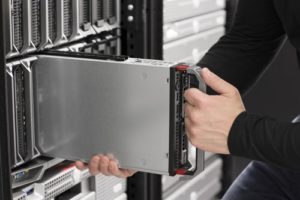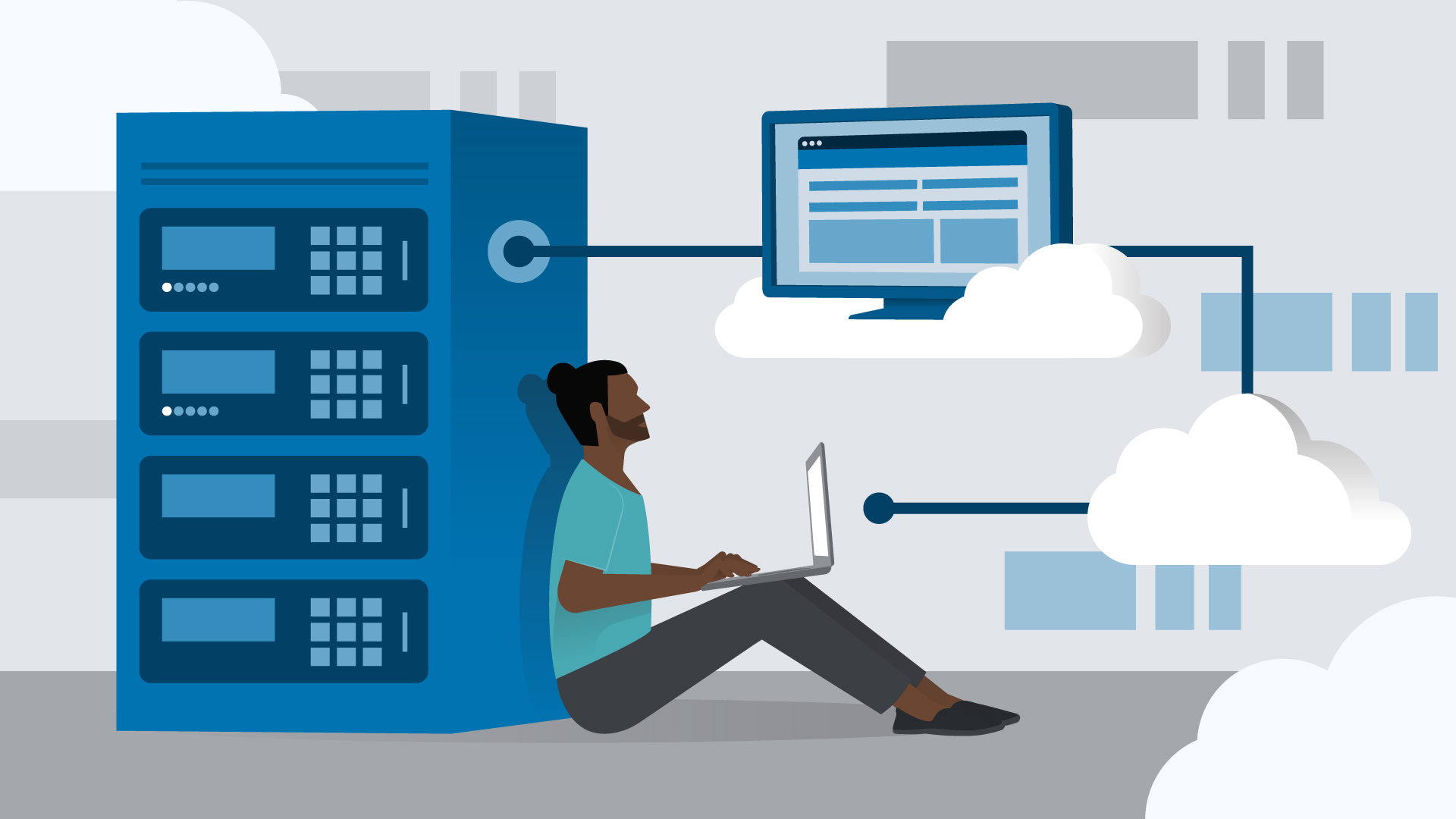
Choosing the right Server
The decision to buy a high-performance, dedicated server is a critical one for Small to medium-sized businesses.
While cloud computing is gaining popularity, most SMB organisations still prefer the predictable cost, control and security of on-premise servers and storage.
The first consideration is the primary network operating system you’ll run on the server
Then you need an estimate of the number of concurrent users and any storage requirements.
Servers come in three general form factors: Tower, Rack and Blade

Tower Servers
Tower servers generally require more floor space than blade environments or rack-mounted servers, and offer less scalability by design.

Rack Server
It’s important to note that relative to server blades and enclosures, rack servers are mote limited in the number of new drives and memory you can install.
Rack servers are generally designed to work as a logical and cohesive whole but without the tight integration found with server blades, which makes rack servers more flexible in some situations. In addition, you can run servers from different manufactures in the same rack unit because the servers don’t share proprietary components.

Blade Server
Blade infrastructure generally require less rack space then rack mounted servers. Blade enclosures also use less power per server because of shared power and cooling, which equates to less heat output and lower cooling costs.
Each of these server roles require increasingly higher processing power, memory, storage and, ultimately, power and cooling needs. For example, a simple tower server can support file/print services and serve as a dedicated email or host server; however, you’ll find the flexibility and scalability of a rack or bladed environment is necessary to efficiently host enterprise databases, ERP, CRM and so forth.
The first consideration is the primary network operating system you’ll run on the server
Then you need an estimate of the number of concurrent users and any storage requirements.
Servers come in three general form factors: Tower, Rack and Blade

Scalability and Costs
Tower servers remain one of the most economical choices, especially for small and medium businesses looking to make its first server purchase. However, relative to rack-mounted servers and server blades, tower servers lack expansion options that SMBs might need in the future.
Rack-mounted servers and bladed environments enable you to start small, buying only the number of servers and storage options you need today, and add servers as needed in the future. By getting only what you need up front, you can help reduce under-utilisation of equipment and save on initial capital costs.
To determine TCO of various server form factors, visit the HP ActiveAnswers web page and use the HP BladeSystem TCO tool.
An HP BladeSystem c3000 Enclosure, for example, is designed for smaller sites or remote environments needing two to eight servers or storage. The HP c3000 Enclosure is fully compatible with the larger HP BladeSystem c7000 Enclosure, supporting the same server and storage products, so it is highly scalable.

Selecting a Server Form Factor
Select a tower server if you want an economical and all-inclusive server/storage solution to support file/print or dedicated email or web services. This solution is ideal for first-time server buyers, especially in small offices.
Consider a rack server for maximum computing power in a space-saving design, especially in environments with an adequate power and cooling infrastructure and an existing storage system. It’s usually best to have in-house IT staff to maintain and support a rack server environment.
Choose a bladed solution to support high-end computing in high-density environments in which power and cooling is already reaching its limits. Companies needing an enterprise-level blade enclosure should plan for in-house IT support, but the smaller yet flexible enclosures are designed to quick deployment without a lot of IT expertise.